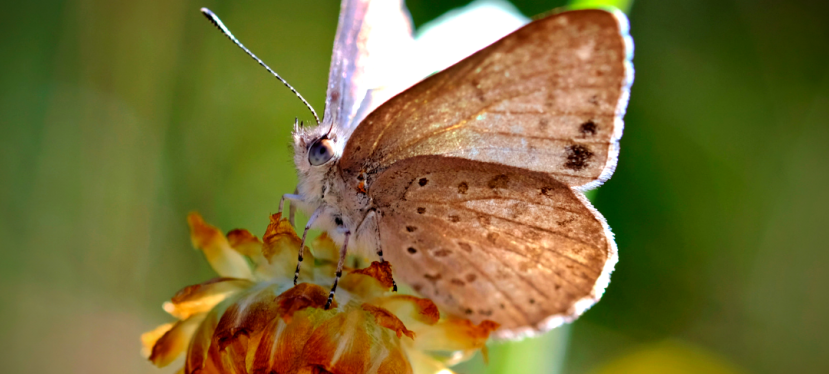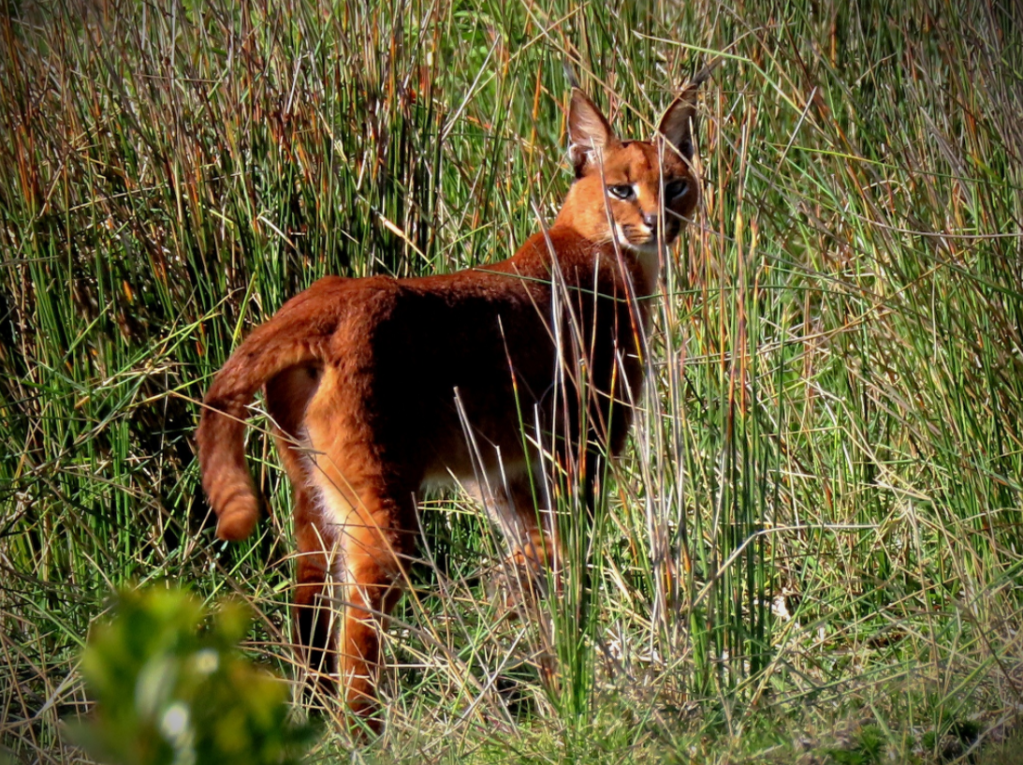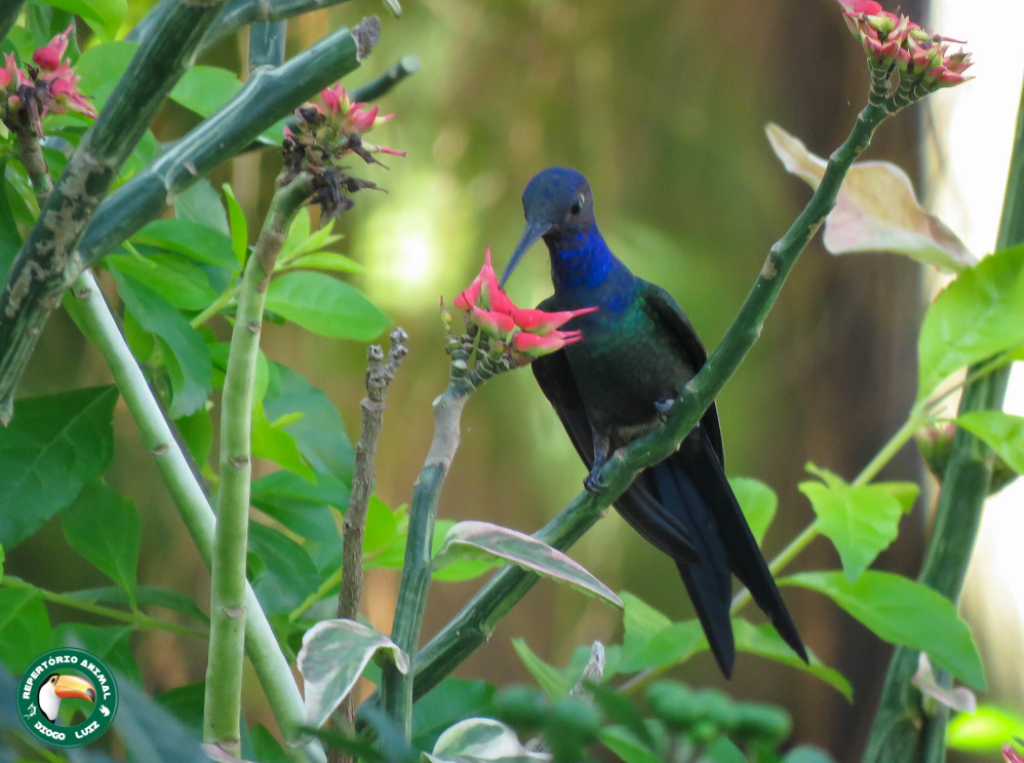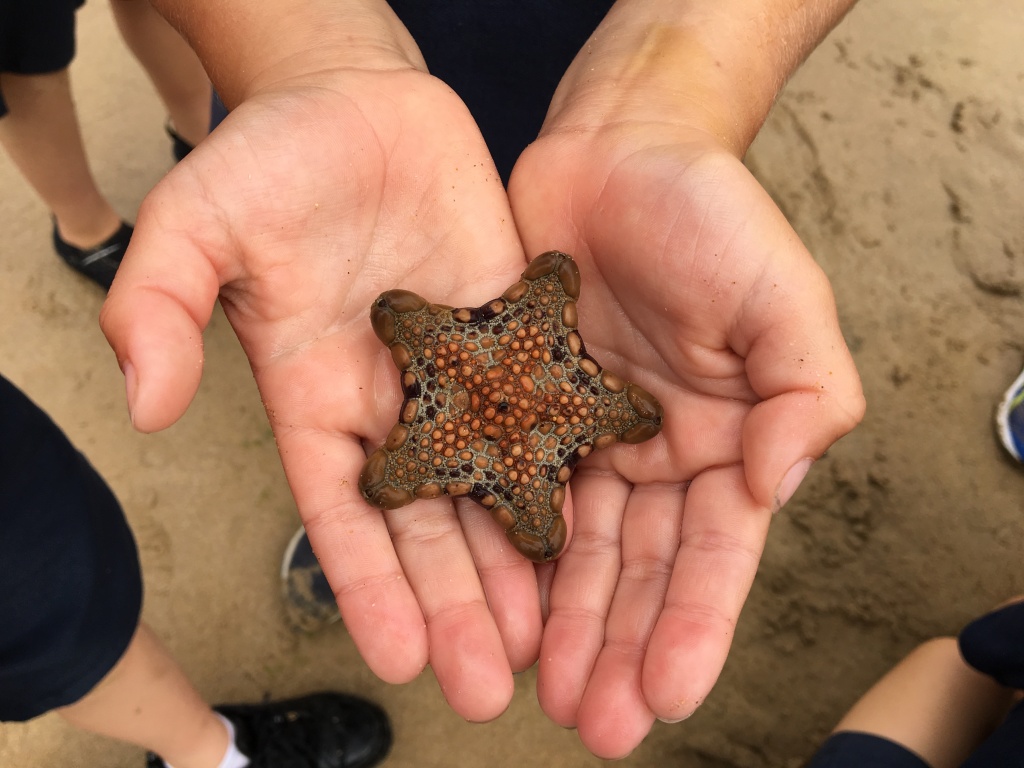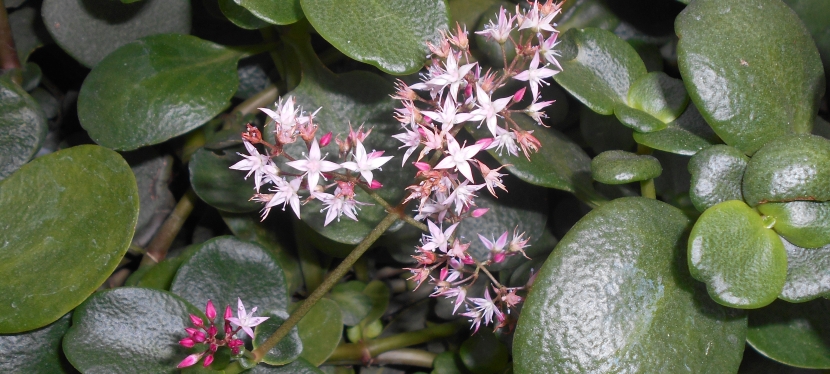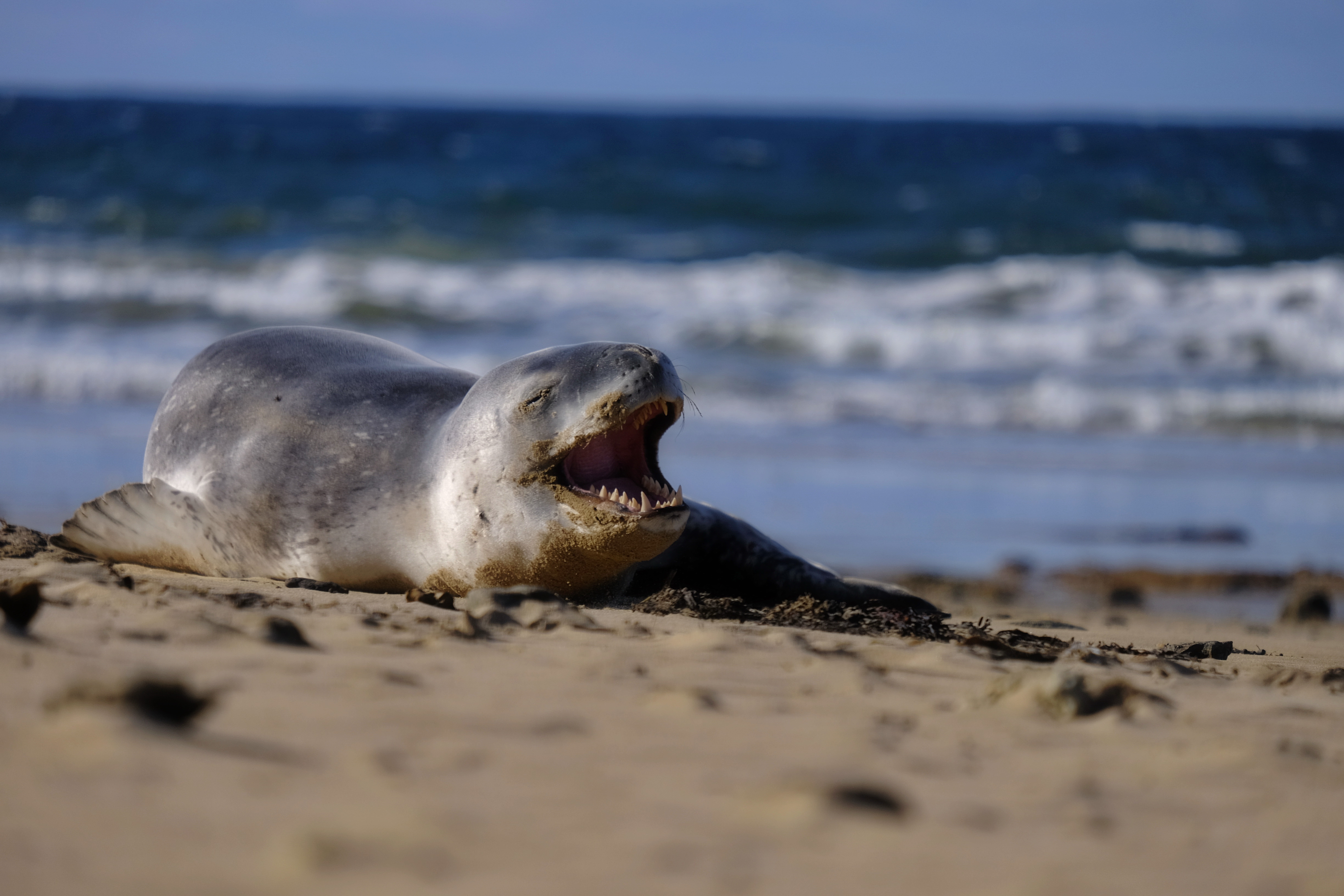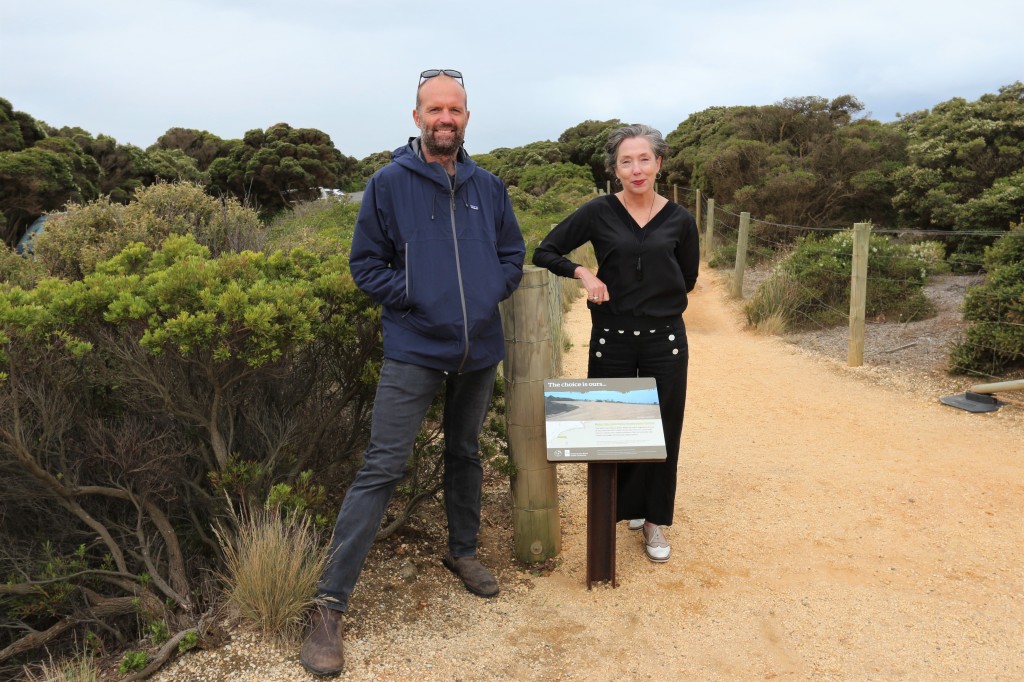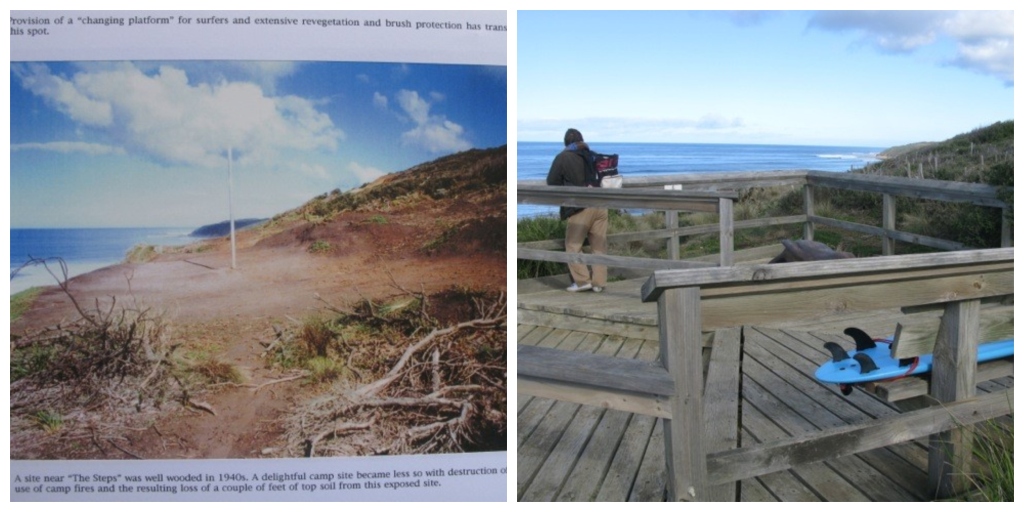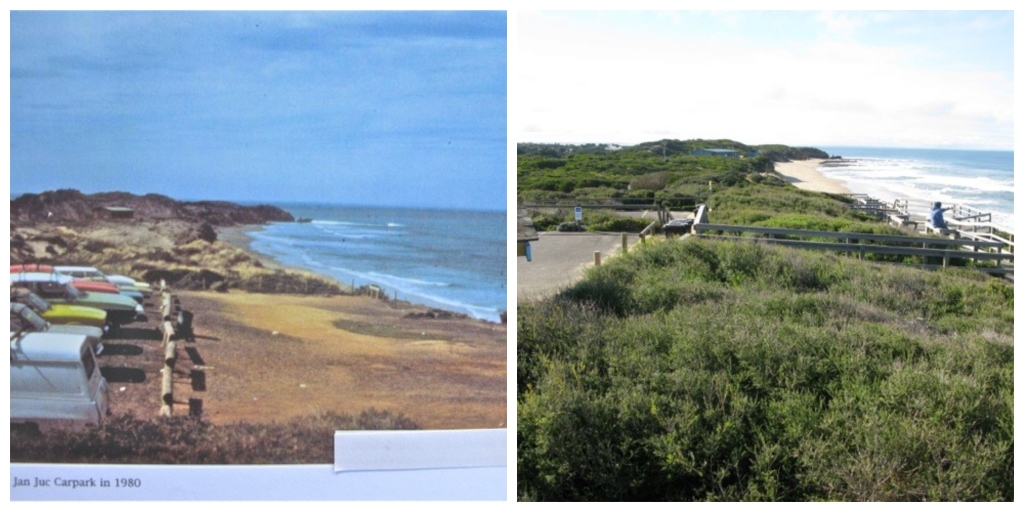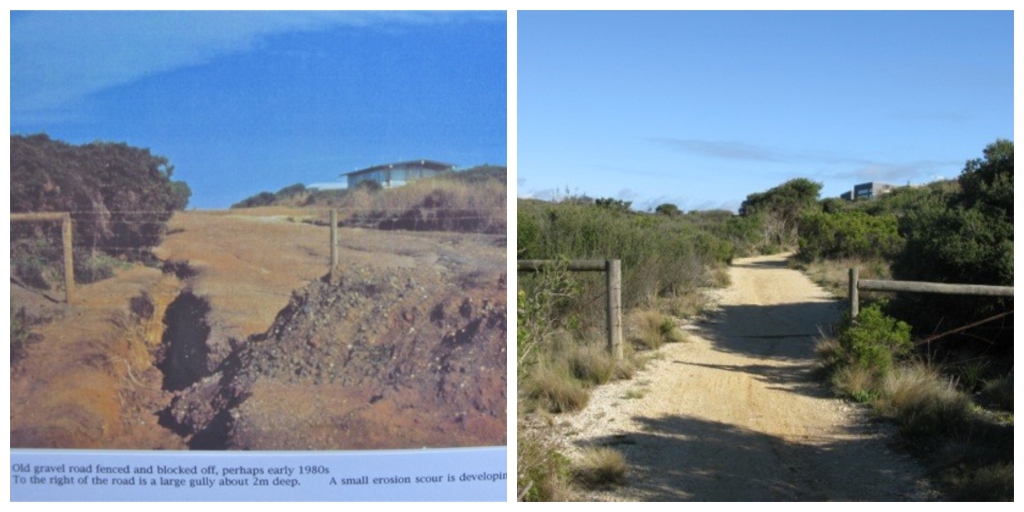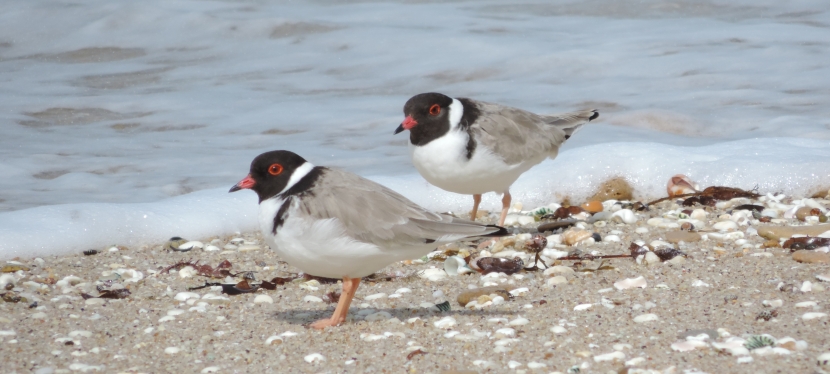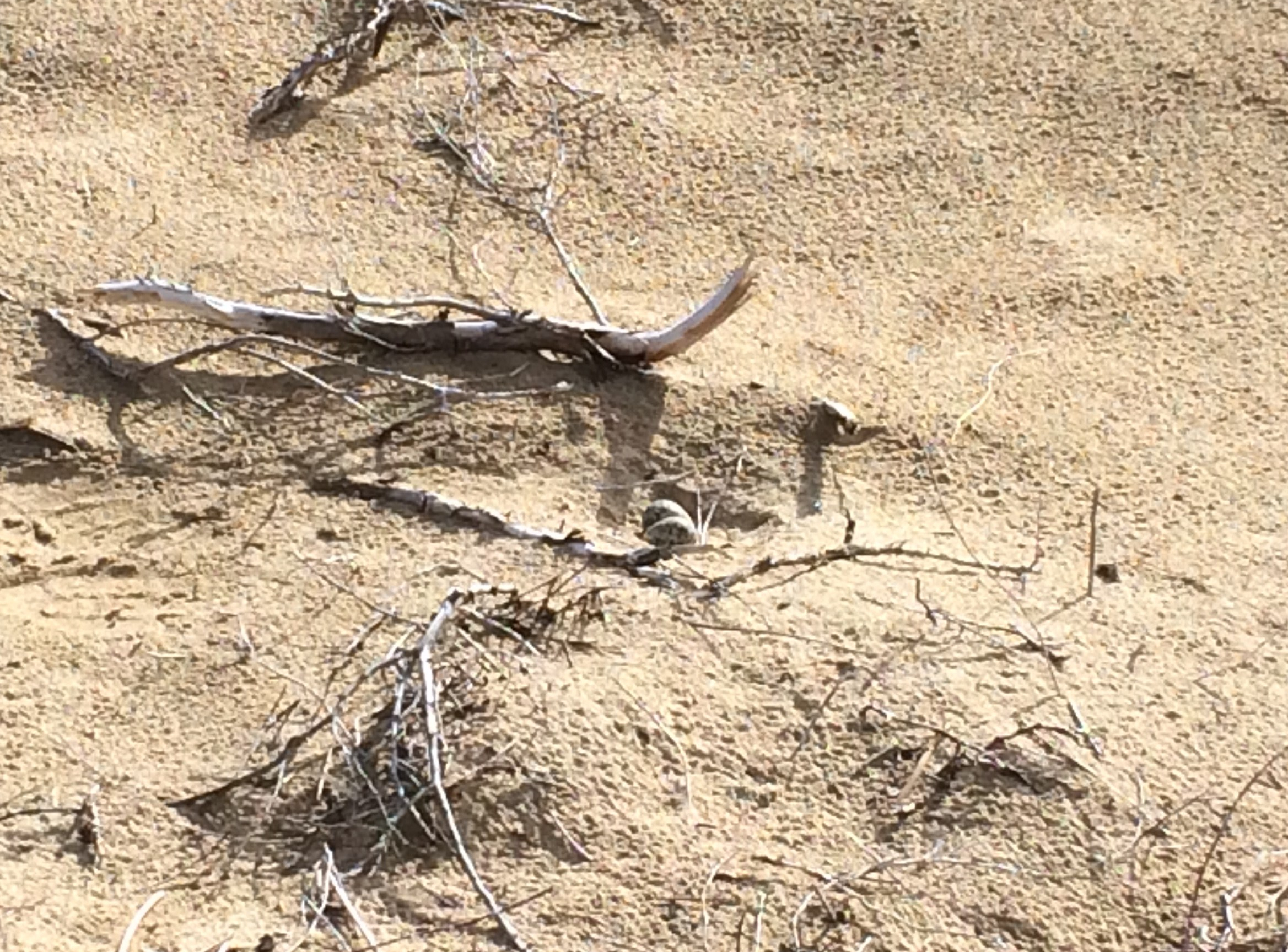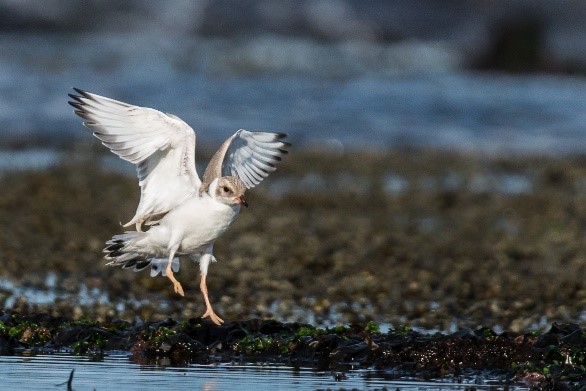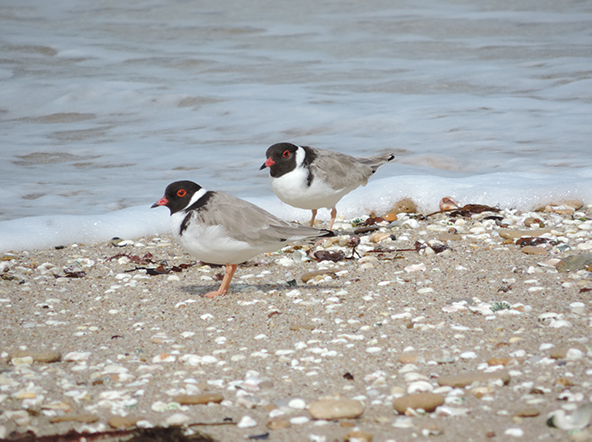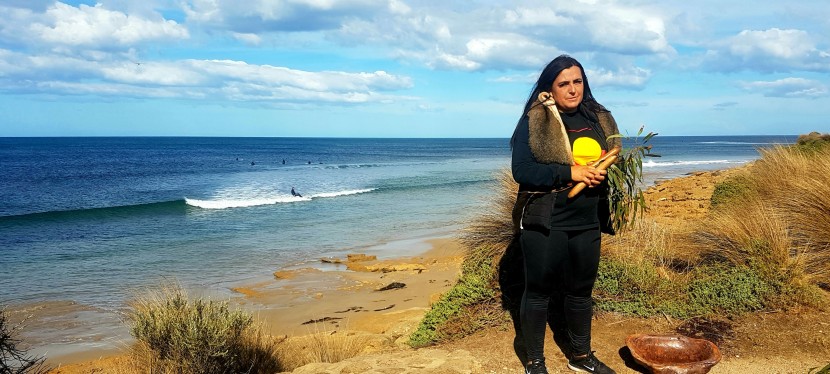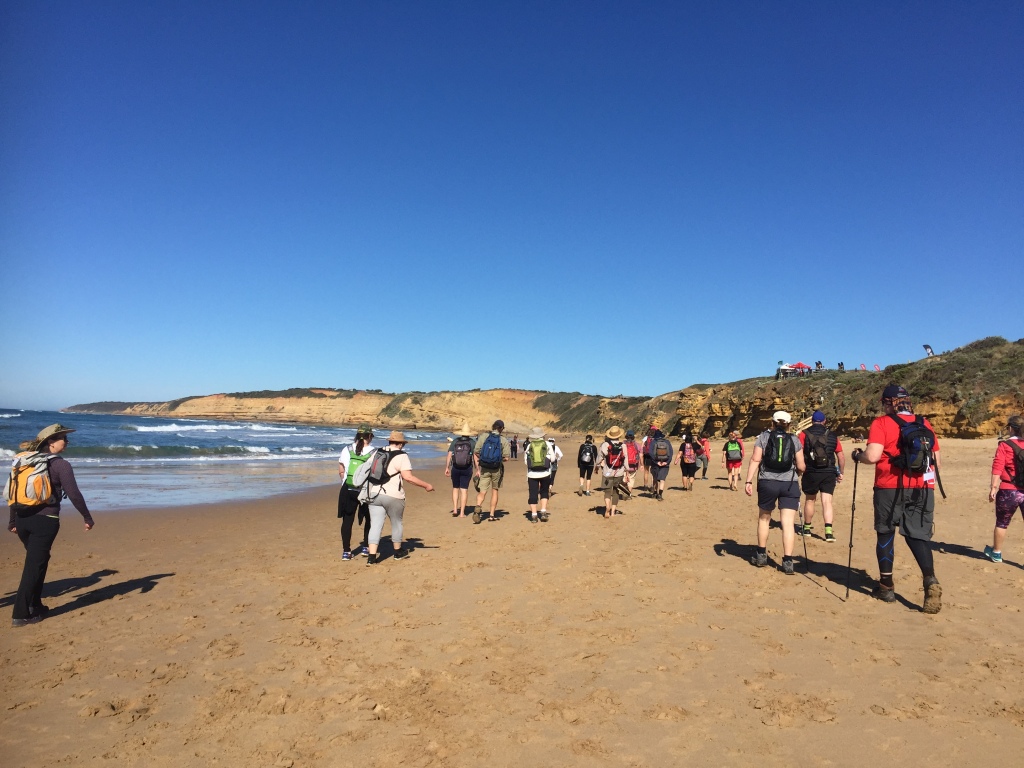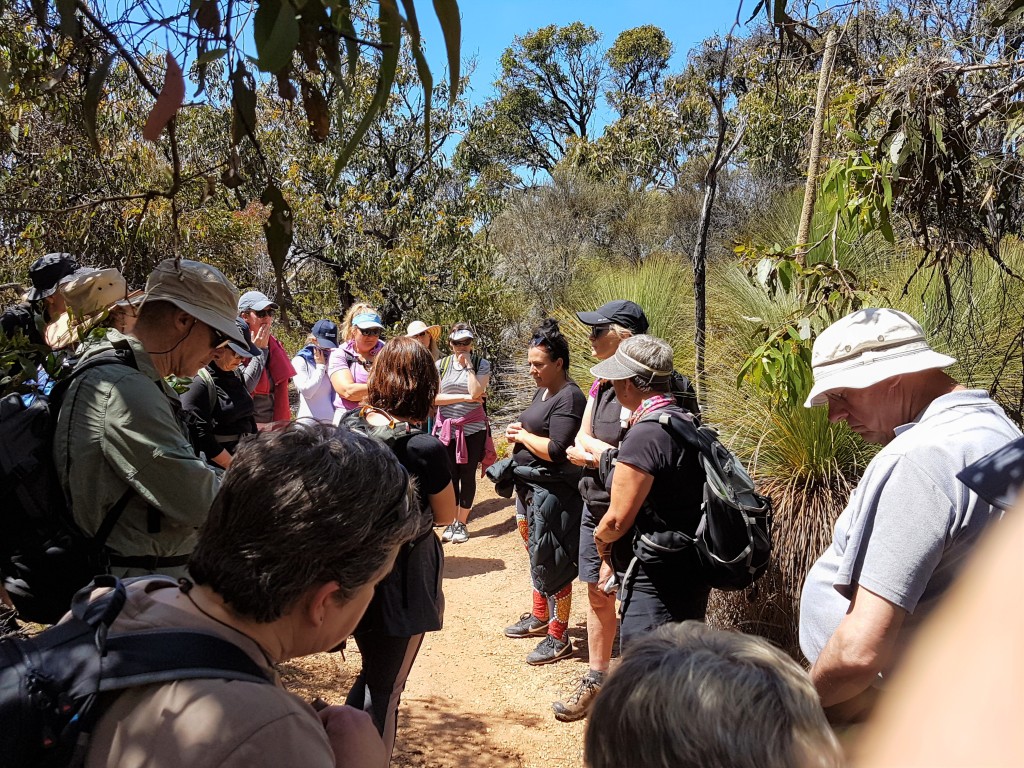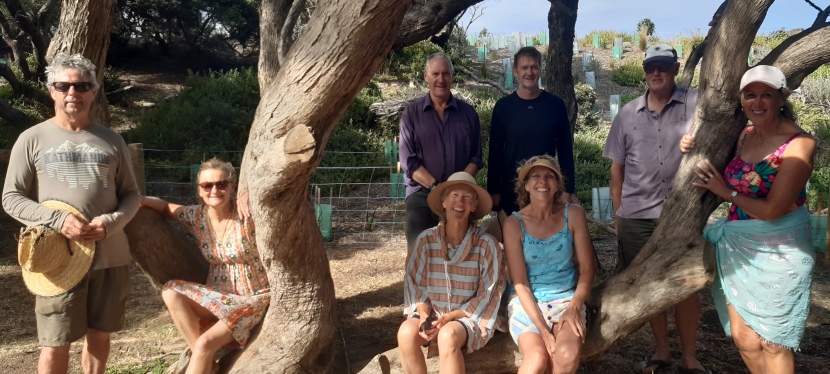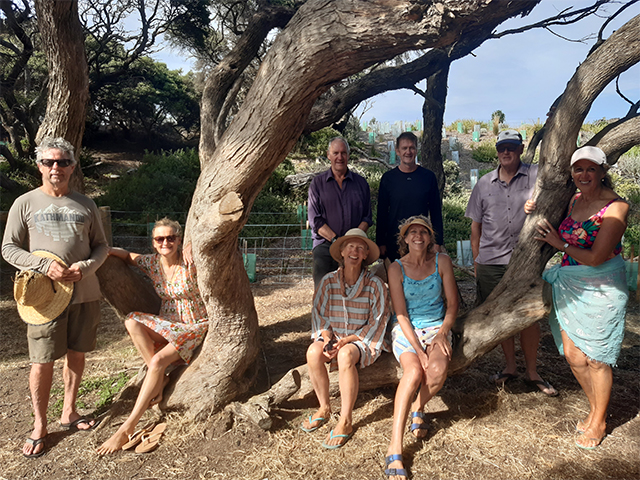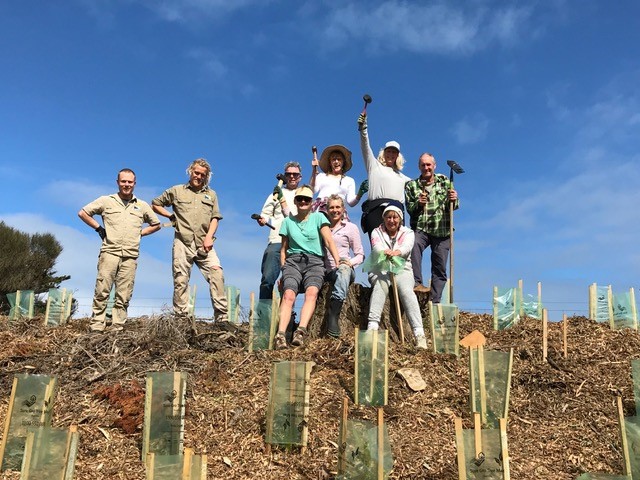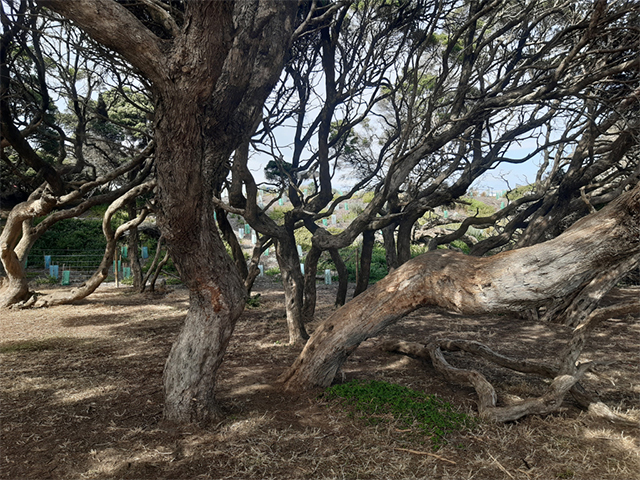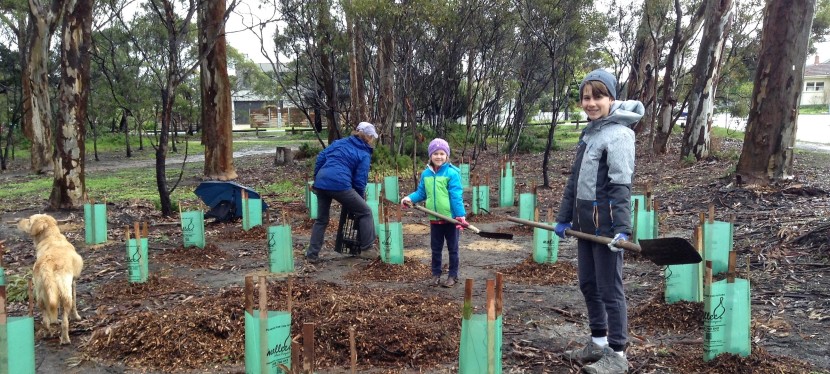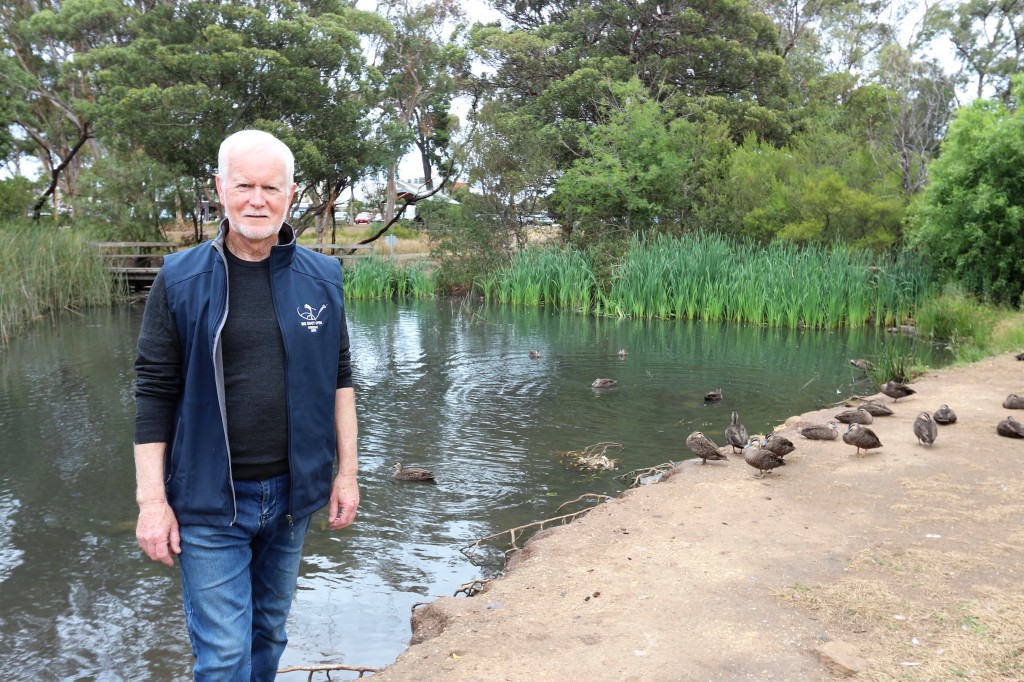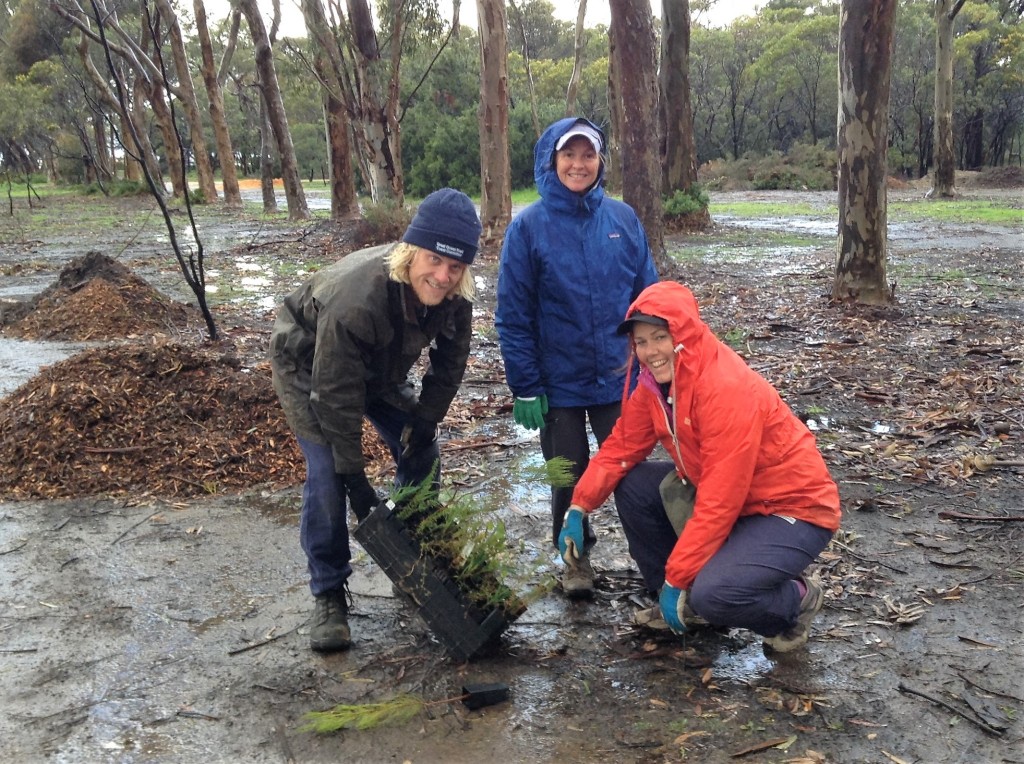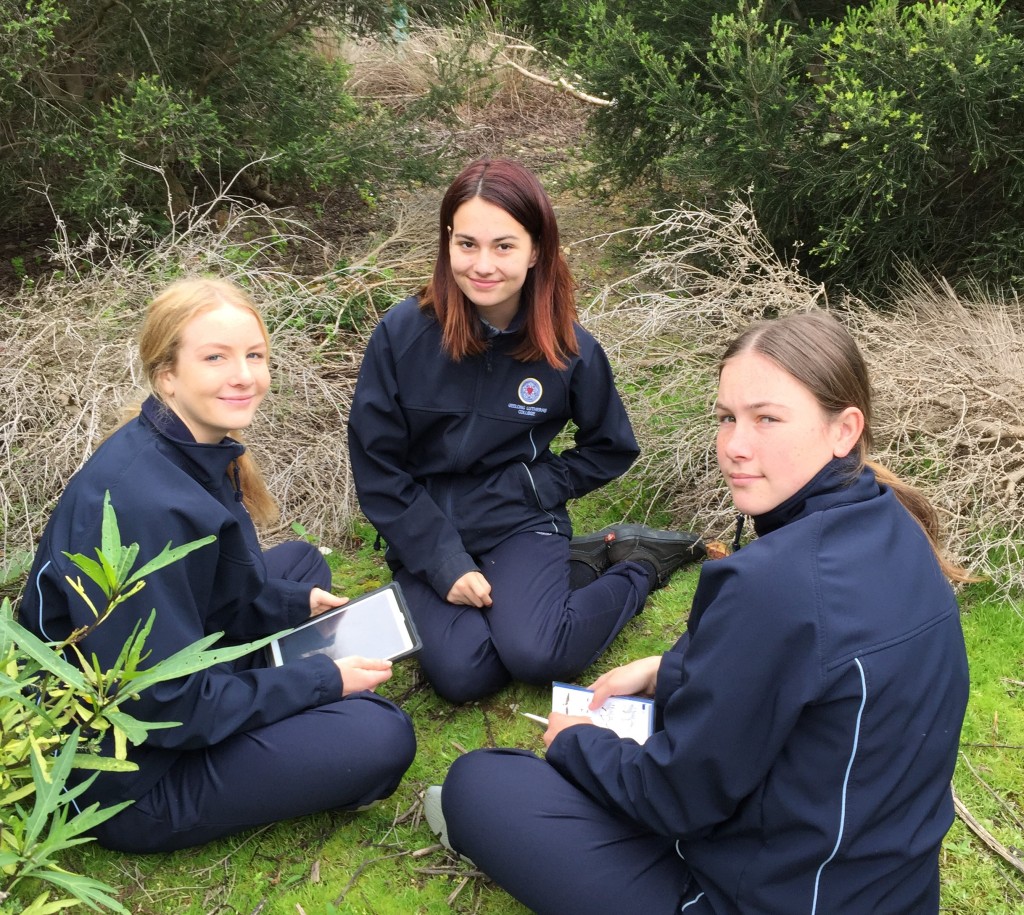Biodiversity Month was different this year for the Great Ocean Road Coast Committee (GORCC), with COVID-19 restrictions limiting the opportunity to run several activities. Instead, the Great Southern BioBlitz was formed, bringing together citizen scientists from across the Southern Hemisphere to observe the local flora and fauna in their own backyards.
Biodiversity Month runs throughout September and citizen scientists are encouraged to upload their observations of biodiversity to the online database, iNaturalist. More than 3,000 people took part this year, making over 90,000 observations of more than 12,000 species!
GORCC Environmental Education Program Coordinator Pete Crowcroft said participation in the BioBlitz was greater than anything the organisers could have anticipated.
“The incredible response from South America took us all by surprise, with hundreds of new users to iNaturalist documenting their observations to the website. Lima in Peru had 229 participants with 6,485 observations, the Huila region in Columbia with 114 participants taking 3,506 observations, Quito & Pichincha in Ecuador had 144 participants with over 2,000 observations, and Brazil had nearly 2,000 observations including 168 species of birds.”
“At home on the Surf Coast, we have been participating in the BioBlitz for a few years, with modest but steady increases in participation and observations each year. We totalled over 400 species for this BioBlitz which is our best result yet. This year some new observers joined in, including the legendary local Marg Macdonald who wrote the book on local plants and orchids, and contributed 40 observations.”
“Everyone should be proud of this incredible effort. We’ve managed to come together, digitally, during one of the most drastic and challenging years of our lives.”
One of the main driving forces behind the spring timing of the project was so participants could observe the flowering plants. Along with Grampians National Park, the Surf Coast is one of the best places in Victoria to see wildflowers. A total of 240 plant species were seen including 31 orchid species.
To see the observations found throughout the Surf Coast and Southern Hemisphere check out iNaturalist’s website: www.inaturalist.org/projects/great-southern-bioblitz-umbrella
